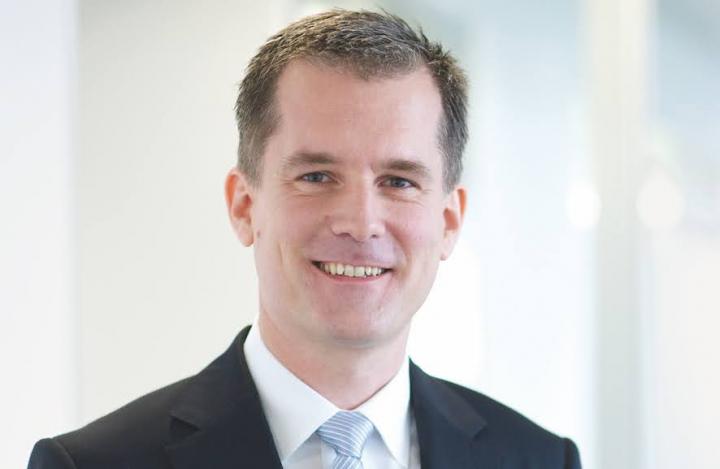
Against a wave of skepticism, Schroders is one of the few large firms openly championing continuation funds. Nils Rode, chief investment officer at Schroders Capital, argues the criticism is overblown. The funds, he says, typically offer about 25 percent faster liquidity, more predictable returns, and fees that are roughly half those of traditional buyouts.
Continuation vehicles have become a controversial tool in private equity. Invented as a fix for funds nearing the end of their life, they allow buyout managers to shift a portfolio company into a new vehicle once the original fund nears the end of its life. Existing investors can roll over or cash out, new investors come in at a negotiated price.
Critics warn these transactions are “getting uncomfortably close” to Ponzi territory. Egyptian billionaire Nassef Sawiris has called them “the biggest scam ever.” Data from the American investment bank Houlihan Lokey show that nine in ten investors prefer to cash out rather than stay invested when offered the option.
Rode is not alarmed. “Taking liquidity doesn’t necessarily say much about the attractiveness of the continuation opportunity,” he said. “Many limited partners (LPs) invest through closed-end funds that are simply reaching the end of their life. Others need cash because exits elsewhere have slowed.” In other words, even if investors like the underlying asset, their mandate may prevent them from rolling over.
The self-dealing debate
Perhaps the harshest critique is that managers rely on continuation vehicles because they cannot sell portfolio companies at acceptable valuations in sluggish markets. Continuation is a way of avoiding markdowns. Rode counters that most of the activity reflects long-standing patterns, not a scramble to avoid markdowns.
“We analysed 20 years of buyout exits and found that about a third have always been transactions from one private equity fund to another. That hasn’t changed,” he said. “What has changed is that continuation funds now exist as an alternative to selling to another fund. They make up 7 percent of all buyout distributions. When you adjust for the cycle, more than 80 percent of current activity is structural, not cyclical.”
According to Rode, most of the growth of continuation investments is structural, not cyclical
The distinction matters. If continuation transactions are largely structural, Rode argues, then they are not simply a stopgap until exit markets reopen but part of a longer-term shift in how private equity manages ownership. Still, even his analysis leaves about a fifth of activity explained by weak markets, precisely the deals that critics argue look like valuation workarounds.
Cyclical slowdown or structural growth?
Another line of criticism is that continuation is a form of self-dealing, with general partners effectively selling assets to themselves. Lawyer Rachel Wasserman has warned that the seller wants to maximise the price while the buyer wants to minimise it, but in the case of continuation funds, both are the same party.
Rode rejects that view. “The idea that the GP simply sets its own terms is not reality,” he said. Lead underwriters (typically large secondaries funds) scrutinise the assets, set valuations and negotiate terms. Many proposed deals collapse at that stage, which Rode cites as evidence that governance checks work. “The GP isn’t cashing out,” he said.
Terminology too is a source of misunderstanding. “The popular term ‘GP-led secondaries’ is a misnomer,” Rode said. “The GP is not selling, that’s the whole point of continuation. The terms are shaped jointly by the new investors and the manager. Economically, these transactions look closer to secondary buyouts than to LP secondaries.”
Costs and efficiency
Rode argues the economics are favorable, compared to conventional deals. “Continuation funds typically offer about 25 percent faster liquidity, more predictable returns, and fees that are roughly half those of traditional buyouts,” he said. Schroders’ estimates suggest this saves investors close to 4 billion dollars a year across the market.
Continuation funds cut investor fees, Schroders finds
That difference in fees is material. A company sold from one fund to another in a traditional sponsor-to-sponsor deal incurs a full set of buyout fees at each handover. In continuation structures, management and performance fees are usually set at around half that level. For LPs, Rode argues, this saves billions in aggregate.
The shorter holding periods matter too. Liquidity typically arrives 12 to 18 months sooner than in a fresh buyout fund, according to Schroders. Continuation deals, Rode said, tend to produce more predictable outcomes than traditional buyouts. The risk of outsized losses is lower, as is the chance of spectacular wins. For long-term investors such as pension funds, Rode argues, the appeal lies in steadier, less volatile returns.
Schroders expects the market to expand from about 70 billion dollars today to more than 300 billion dollars within a decade. Rode calls that estimate conservative, arguing that as many as one in three buyout companies could qualify.
“Every innovation in private markets has been met with skepticism at first,” he said. “Then it becomes accepted once investors understand it. I think continuation funds will follow the same path.”